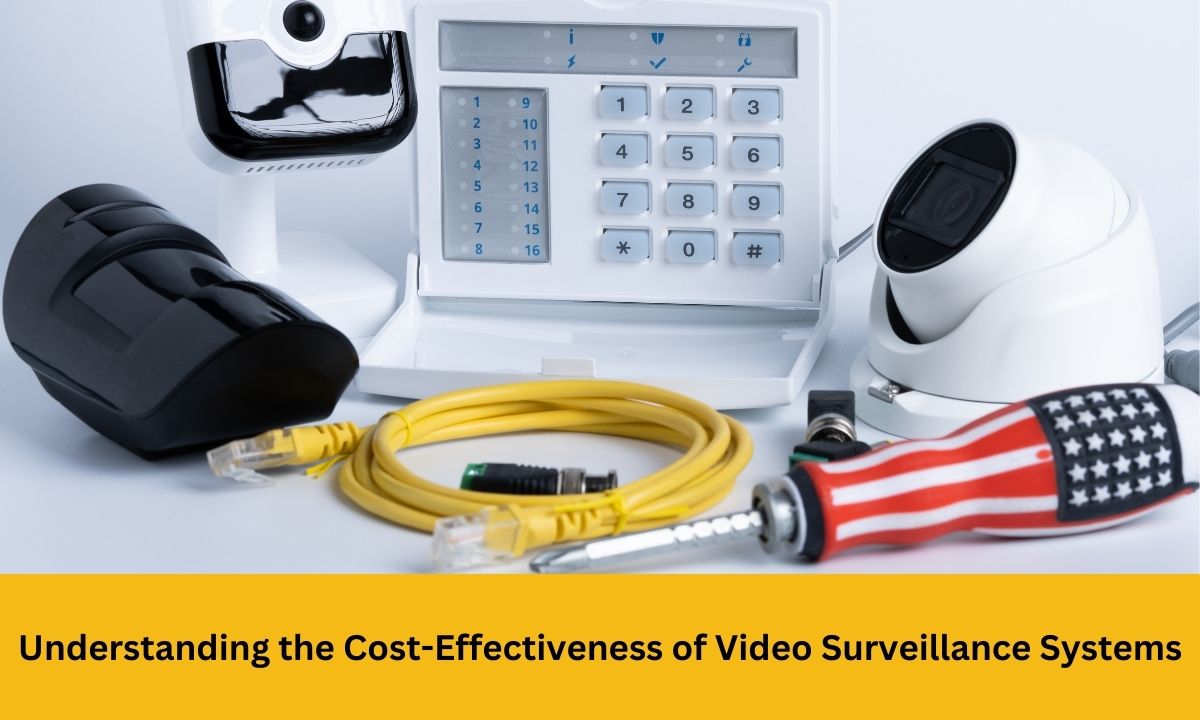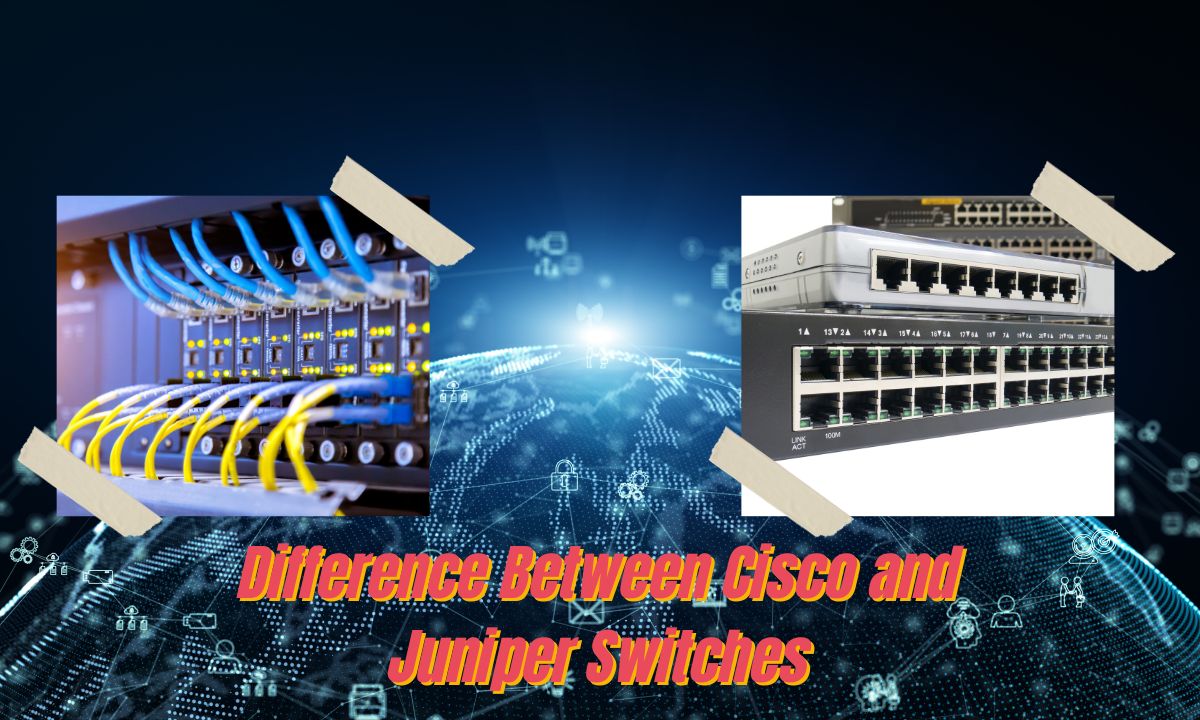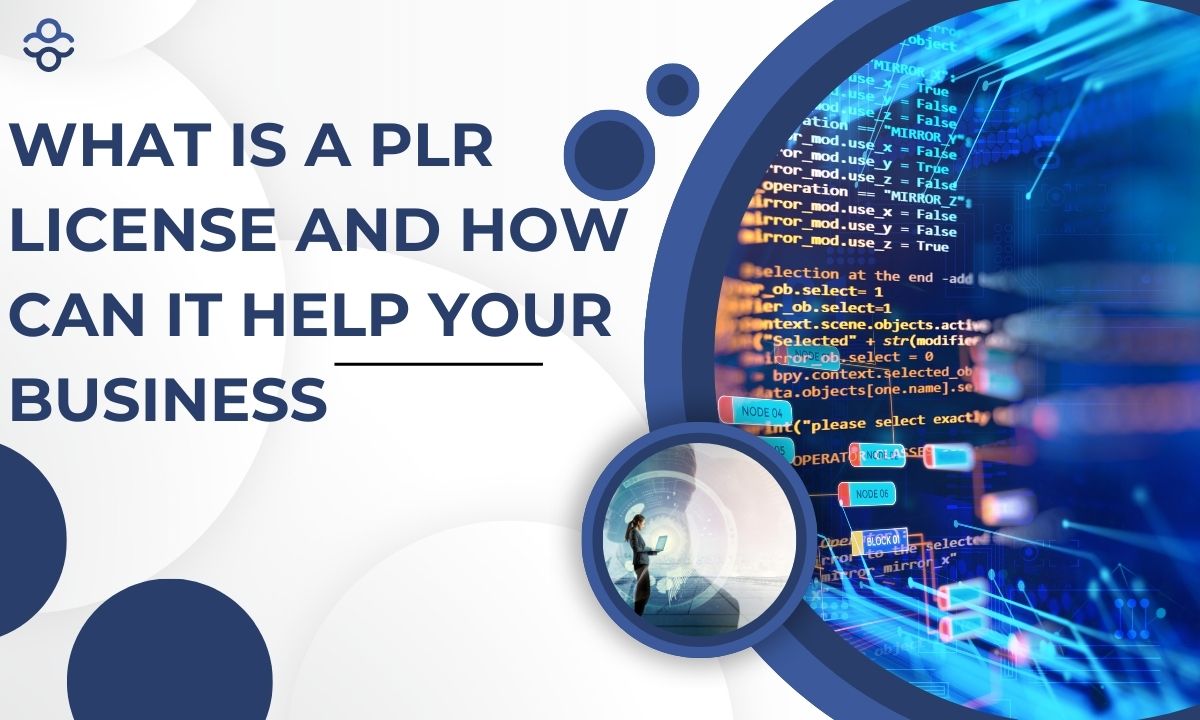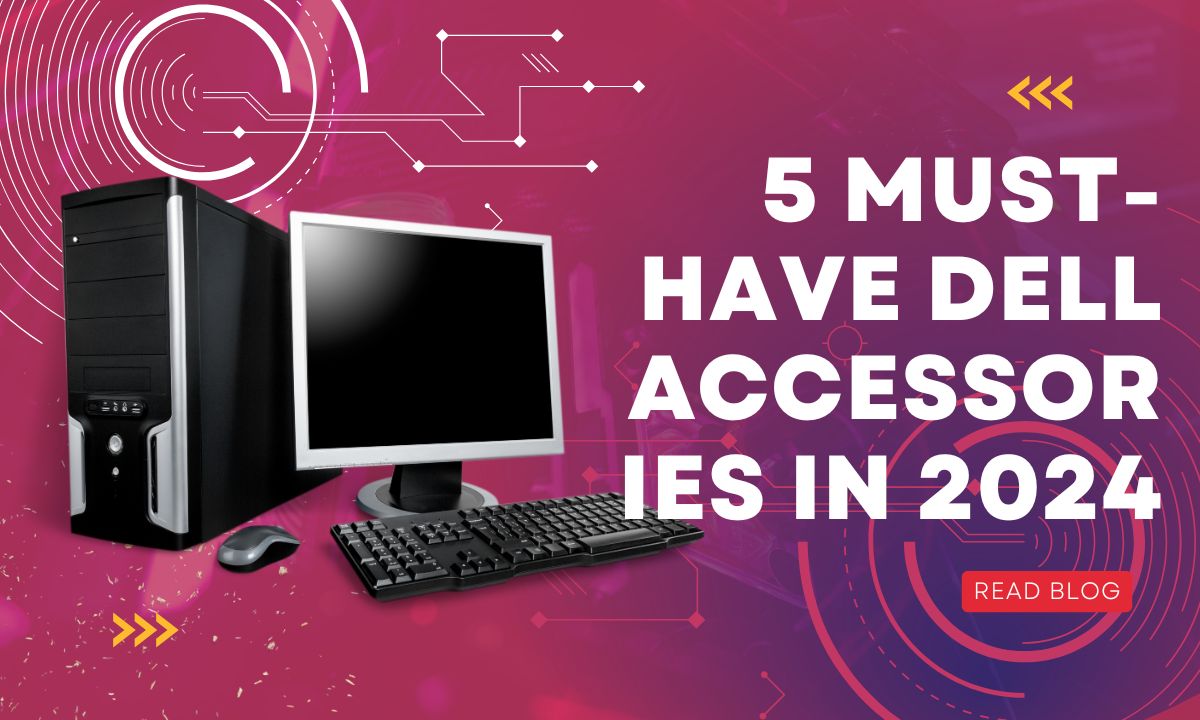Understanding the Cost-Effectiveness of Video Surveillance Systems
In this security-conscious world, businesses and organizations are increasingly turning to video surveillance systems to protect their assets and ensure safety. However, the decision to invest in these systems needs careful consideration of their cost-effectiveness.
The challenge lies not just in the initial investment but in understanding the long-term value these systems can provide to your organization.
Consideration for Initial Investment
The initial cost of a video surveillance system is a significant investment for any organization. This includes many components, like camera equipment, installation requirements, recording systems, and essential software licensing. The quality of the cameras you choose also plays a crucial role in deciding both cost and effectiveness - while high-definition cameras with advanced features like night vision may have higher costs, they also provide better security and long-term value.
When considering initial costs, it's important to think about not just the immediate price tag but how the system will scale with your organization's growth. A properly planned system should be able to accommodate future expansion without the need for a complete overhaul.
Ongoing Operational Expenses
The true cost of a surveillance system extends well beyond the initial purchase. Understanding these ongoing operational expenses is essential for accurate budgeting and understanding long-term cost-effectiveness.
Regular maintenance ensures system reliability and helps prevent costly emergency repairs. Power consumption, while often overlooked, can contribute significantly to operational costs, especially in larger systems.
Another essential ongoing cost is storage solutions. As video quality improves and retention requirements increase, your company must continuously check and upgrade the storage capabilities. Also, training makes sure that staff can effectively operate and maintain the system, though this cost typically decreases over time as employees become more proficient.
Measuring the Benefits
The value of a surveillance system can be seen in various ways - both tangible and intangible. Research has shown that visible surveillance cameras can reduce theft and vandalism to a great extent. Some studies report reductions of up to 30%. This direct impact on crime prevention leads to immediate cost savings through reduced losses and fewer insurance claims.
Insurance companies give premium discounts to companies that install comprehensive surveillance systems because they know how valuable these systems are. These discounts can provide substantial ongoing savings that help offset the system's operational costs. In addition to providing security, these surveillance systems improve operational effectiveness by improving workflow monitoring and raising the standard of customer service.
Cost-Benefit Analysis Framework
Determining the cost-effectiveness of a video surveillance system requires a complete analysis of both expenses and benefits. Organizations should start by calculating total system costs, including both initial investment and projected operational expenses over the system's expected lifetime. Against these costs, consider the potential savings from reduced theft and vandalism, lower insurance premiums, and improvements in operational efficiency.
Even though intangible benefits are more difficult to measure, they should be taken into consideration when making decisions. Enhanced employee safety often leads to improved morale and reduced turnover. Customer confidence can increase when they see visible security measures, potentially leading to increased business. Better risk management capabilities can help prevent costly incidents before they occur.
Making the Right Choice
The key to achieving optimal cost-effectiveness lies in choosing a system that aligns perfectly with your organization's specific needs and circumstances. Rather than opting for the most advanced (and expensive) system available, focus on identifying the features and capabilities that will provide the most value for your situation.
Consider starting with coverage of high-risk areas and gradually expanding as needed. This approach allows for better budget management while providing immediate protection where it's most needed. Integration capabilities with other security measures should also factor into the decision, as a well-integrated system often provides better value than standalone solutions.
A well-planned and properly implemented surveillance system often proves its worth not just through enhanced security, but through operational improvements and risk reduction. In today's increasingly complex security landscape, the right surveillance system can be a valuable asset that pays for itself many times over through both prevention and protection.





